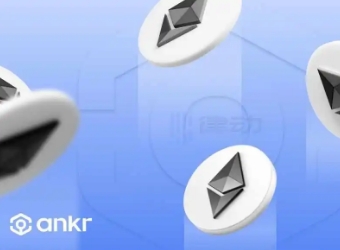Tokens enable you to interact with all the different options provided by the blockchain, but in such a diversified and rapidly developing space, it is difficult to track the practical significance of different tokens to you. Broadly speaking, all tokens c
Tokens enable you to interact with all the different options provided by the blockchain, but in such a diversified and rapidly developing space, it is difficult to track the practical significance of different tokens to you. Broadly speaking, all tokens can be divided into three categories: utility, security and governance. Although tokens can usually fall into multiple categories, it is important to understand the definitions of all three categories, so that you can always know exactly what you are buying.
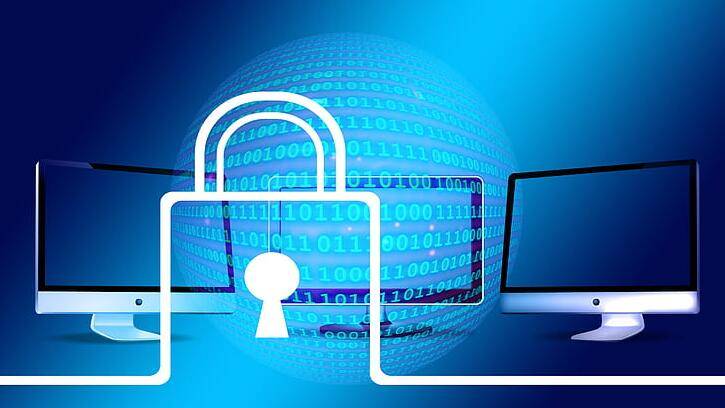
1、 Platform based practical token
Most crypto tokens can be defined as utility tokens. Fundamentally, practical tokens are about access; It allows users to access specific platforms or ecosystems. It is worth noting that these tokens have no intrinsic value beyond their use cases, except for being traded. The following are the use cases of utility tokens:
1. DeFi protocol token - rewards and access
Decentralized finance is a major subset of the cryptocurrency field, and the protocols in this ecosystem are the main examples of practical token use cases.
Each protocol has its own ecosystem, driven by its own local token. In order to access some parts of the ecosystem, you need to have a local token. For example, if you decide to use the Aave protocol, you will need some AAVE tokens; These token support agreements have no intrinsic value beyond the platform except for transactions.
2. Metacosmic Token -- Powering the Closed Digital Economy
Metauniverse is not only the field of encryption, but also one of the hottest fields in the entire technology industry. It bridges the gap between real life and virtual space through the digital economy. And for each platform; That is, the internal economy is powered by its own token. The tokens that promote these economies are called meta cosmic tokens.
3. Platform token - service currency
The platform token is a special token that is used as fuel for a given digital service. The basic attention token (BAT) that powers the Brave browser is a good example. Brave Browser integrates the BAT token to reward users to watch advertisements and encourage creators to create original content - this is the power to keep Brave running. You need them to interact with the platform and its content.
In a word, the utility token provides power for the ecosystem or platform. By owning its own currency, the platform can interact with users, stimulate them and build its own economy. But tokens are not just economic incentives; They are increasingly used to empower holders, which has its own intrinsic value.
2、 Governance sign - social value
Governance tokens have proliferated recently, becoming a way for platforms, protocols and metadata to interact with their users. It is not surprising that Web3 has led to changes in our expectations of our favorite projects. In addition to having real value in its ecosystem, the governance token also grants its holders the right to vote on how the platform operates. This is accomplished through the smart contract in the token itself, which interacts with the protocol to register the holder's vote in the relevant place; Then, changes can be implemented immediately in a democratic way in the blockchain, so that the holders have real interests in the project, its value and the future.
In the year 2021 A good example of how to use these tokens can be seen in the decline of finance tokens - DeFi protocol disperses ownership and control by allocating governance tokens among its most loyal users. This not only gives power and control, but also generates great interest in the platform, which in turn helps the value of tokens.
The meta universe is another place where these tokens stand out: by providing the platform's practical token governance function, the meta universe can inspire their community and enable members to vote on how their space operates, just like in real life. Therefore, although the governance token is usually also a practical token, which has real value in its platform, their difference is that they give power and ownership to the holder, which is the expectation of most people in the current Web3 field.
3、 Secure Token
Compared with other types of encryption, security tokens receive much less attention. Unlike utility tokens, security tokens will not form the internal economy of the ecosystem, nor will they bring any real benefits to the holders - they are for other purposes.
The defining feature of security tokens is that they are associated with real companies or enterprises, and each token gives its holder the ownership share of the company. Beyond that, it has no other purpose - it is a purely speculative cryptographic asset.
Securities token as an investment tool. Both companies and users have their own reasons for using secure tokens: it makes sense for companies to use secure tokens because they can quickly raise capital and distribute ownership in a regulated environment. For users, secure tokens provide an opportunity to invest in early companies and expect them to grow and pay dividends in the future.
Many tokens issued during the ICO boom in 2017 are good examples of safe tokens. This is because the buyer of tokens ultimately hopes to make a profit through the work of the underlying company, which aims to use tokens as a means of raising capital for its projects. You can think of the security token as a share of a company - just that the asset is tokenized and owned through the blockchain, and may be subject to different supervision.
summary
The above is an introduction to three different types of tokens. Whether entering an economy, participating in the future of a platform, or purchasing a part of a rising real project, each token type not only has unique functions, but also can tell us more about the development direction of the encryption space and the expectations of users.












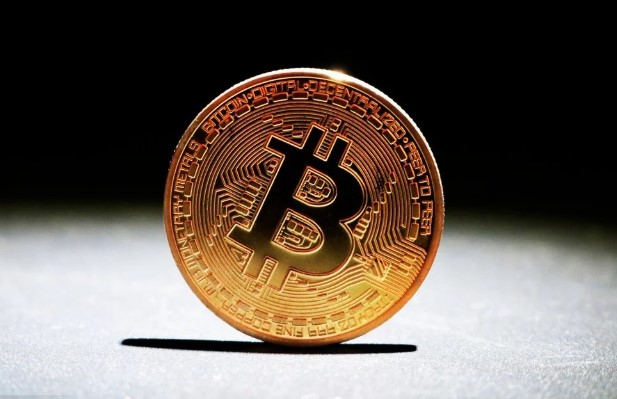
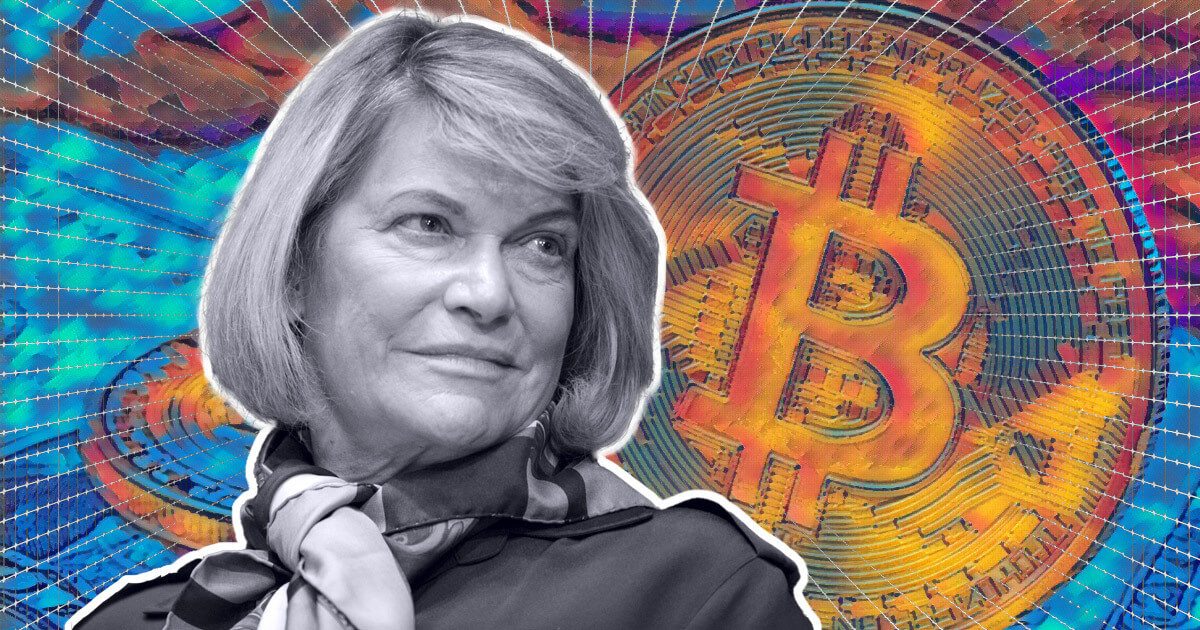
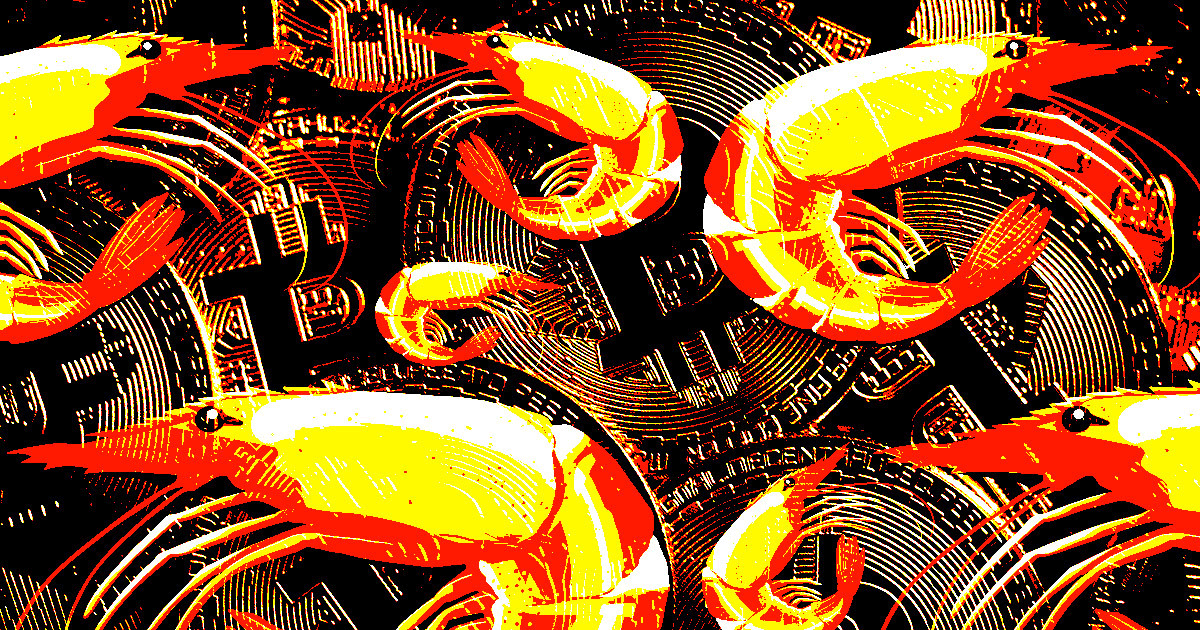

 Tue, 18 Apr 2023
Tue, 18 Apr 2023